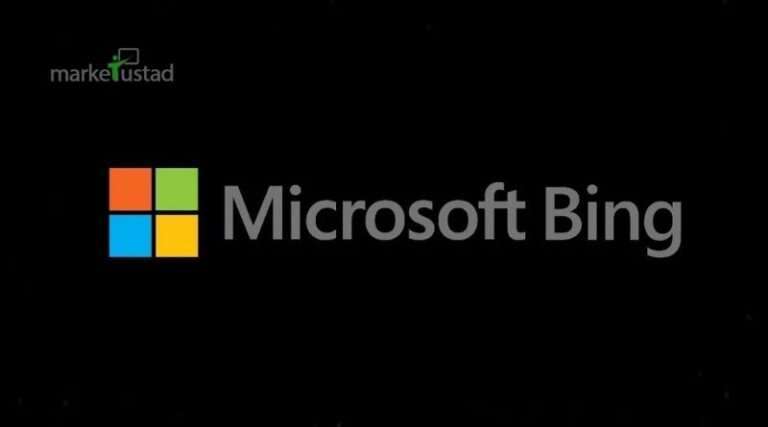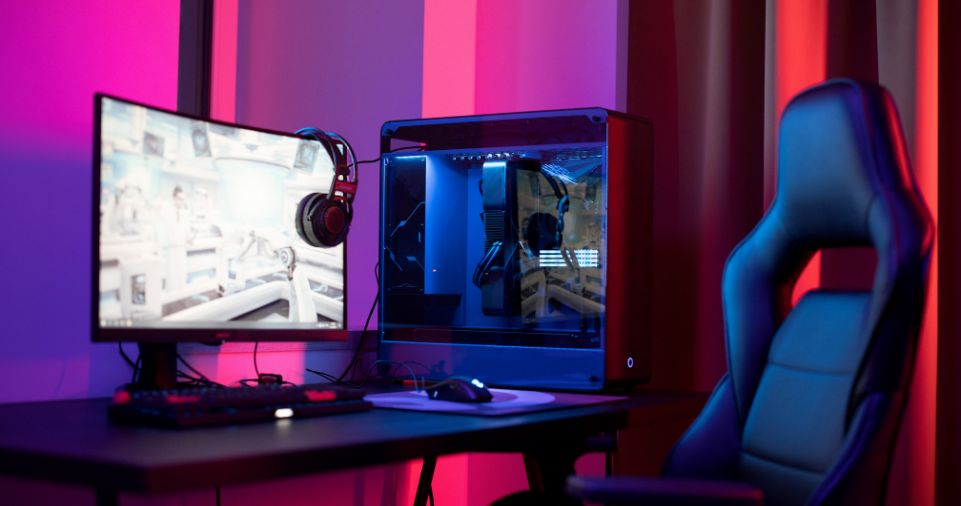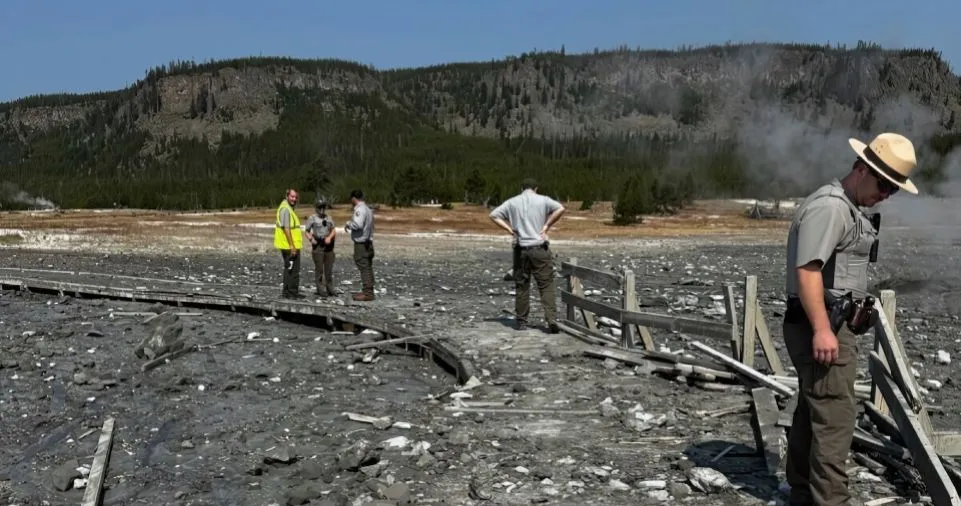Microsoft’s Bing search engine recently added an unusual feature to assist people in generating images. The feature uses the latest DALL-E modelsm which can generate images in about three seconds. The technology uses deep learning to generate images from text, making it more efficient and accurate than traditional image generation methods.
The DALL-E model was developed by University of California at Berkeley’s computer vision group and is based on the Deep Autograph Network (DAN), which forms the backbone of Microsoft’s AI platform called Cognitive Services.
One way this new technology works is that users give it an example sentence or word and it generates all possible image captions that match what they’re saying. Once you’ve provided an example, you can then see how many different potential image captions it gave you, along with what they look like and how they would be used on a webpage or in an email
Microsoft’s Bing search engine recently added an unusual feature to assist people in generating images.
Bing is a search engine owned by Microsoft, which was launched in late 2006. It is the default search engine on Windows Phones, and it’s also available as an app for Android and iOS devices. In addition to being used to search the internet, Bing can be used in conjunction with other services such as Twitter or Facebook Messenger to create messages based on your searches. You may have seen this feature before—it’s called “Bing Image Search.”
Also Read: Kakao Mobility picks up ‘super app’ startup Splyt, once backed by SoftBank and Grab
The idea behind this feature is simple: if you’re looking for an image online and don’t know what it looks like (or how much space it will take up), simply search for “Show me [image name]” where [image name] is whatever you want to see! You’ll then see a preview of all images related to your query appear at once so that there’s no need waste time scrolling through hundreds upon hundreds without finding what you’re looking for – just click away until everything appears within view!
The feature uses the latest DALL-E modelsm which can generate images in about three seconds.
The feature uses the latest DALL-E modelsm which can generate images in about three seconds, according to a post on the Bing blog. The model was trained on 100 million images from the ImageNet dataset, and it’s capable of producing images that look like they were taken with a DSLR camera.
The technology uses deep learning to generate images from text, making it more efficient and accurate than traditional image generation methods.
Deep learning is a way of learning from data. It involves feeding the computer lots of examples, allowing it to generalize from those examples by itself. The computer can then draw conclusions based on its own knowledge, rather than being told what to do. Bing uses this same technique when generating images using very latest DALL-E models. The technology uses deep learning to generate images from text, making it more efficient and accurate than traditional image generation methods.
Also Read: Aspecta nabs $3.5M to build AI-vetted coder profiles
The DALL-E model was developed by University of California at Berkeley’s computer vision group and is based on the Deep Autograph Network (DAN), which forms the backbone of Microsoft’s AI platform called Cognitive Services. Bing’s DALL-E model is based on the Deep Autograph Network (DAN), which forms the backbone of Microsoft’s AI platform called Cognitive Services. The model was developed by University of California at Berkeley’s computer vision group and is used to generate images using ‘very latest DALL-E models’.
One way this new technology works is that users give it an example sentence or word and it generates all possible image captions that match what they’re saying.
One way this new technology works is that users give it an example sentence or word and it generates all possible image captions that match what they’re saying. DALL-E, which stands for Deep Artificial Intelligence, uses deep learning to generate images from text. It’s more efficient and accurate than traditional image generation methods because the system learns how humans think about words in order to predict what we will want next.
Also Read: DoorDash is adding support for cash — but not in its main app
The new technology can generate images in about three seconds, compared with up to 40 minutes by human workers using hand-coded models (although those workers were able to produce much higher quality results). Once you’ve provided an example, you can then see how many different potential image captions it gave you, along with what they look like and how they would be used on a webpage or in an email. Once you’ve provided an example, you can then see how many different potential image captions it gave you, along with what they look like and how they would be used on a webpage or in an email. You can also see how many different images it gave you by clicking on “Show Images”.
Bing has added a new way to generate images using the latest deep learning techniques
Bing has added a new way to generate images using the latest deep learning techniques. The technology uses deep learning to generate images from text, making it more efficient and accurate than traditional image generation methods. The algorithm was trained on millions of photos taken by professional photographers around the world, providing it with both a wide variety of training data and high-quality examples that would be difficult for even the most advanced machine learning algorithms to mimic.
Also Read: The cloud backlash has begun: Why big data is pulling compute back on premises
Conclusion
Microsoft’s Bing search engine is making use of these deep learning techniques to generate images that are more accurate and efficient than traditional methods. The technology uses the latest DALL-E models which can generate images in about three seconds, giving users more control over their content. This new feature will be available on both mobile and desktop versions of Bing’s website in the coming weeks







